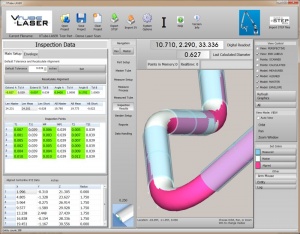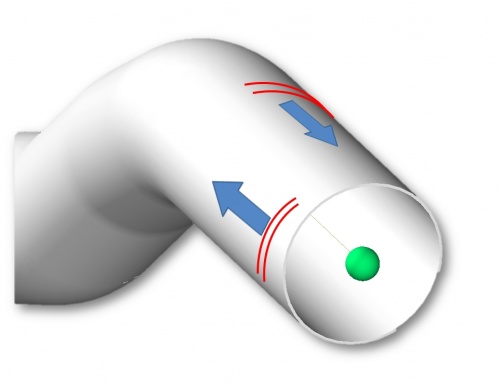Difference between revisions of "Measure Large Diameter Tubing"
From ATTWiki
(→Wide Scan Technique for Large Diameters) |
(→Wide Scan Technique for Large Diameters) |
||
| Line 21: | Line 21: | ||
<tr valign=top> | <tr valign=top> | ||
<td width=500> | <td width=500> | ||
| − | VTube is immune to diameter sizes if you follow | + | VTube is immune to diameter sizes if you follow the wide-scan technique to measure larger diameters. If a diameter surface stripe does not cover enough angular distance, then the math engine loses accuracy in calculating the centerline of a straight.<br><br> |
For diameters 6" and greater, you can switch to the wide-scan technique. On larger diameters, it is important to scan in points from a wider area of the tube.<br><br> | For diameters 6" and greater, you can switch to the wide-scan technique. On larger diameters, it is important to scan in points from a wider area of the tube.<br><br> | ||
* First scan one end. | * First scan one end. | ||
Revision as of 18:42, 11 July 2012
|
|
Wide Scan Technique for Large Diameters
|
VTube is immune to diameter sizes if you follow the wide-scan technique to measure larger diameters. If a diameter surface stripe does not cover enough angular distance, then the math engine loses accuracy in calculating the centerline of a straight.
This will give the math engine much better data to fit the centerline to |
Other Pages
- Back to VTube-LASER


